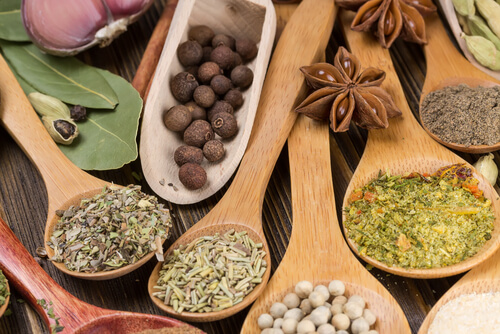When do you stop at green and go on red? The answer is when you are eating a watermelon, something that you should be doing just about every day in the summer when it is hot and humid outside. Watermelon is one of the best natural sources of refreshment other than a nice glass of cool water. That’s basically because watermelon is more or less water essentially. Over 90 percent of watermelon is composed of water, making it the perfect summer fruit.
What is a watermelon?
A watermelon is a melon type gourd fruit that grows on the ground from a vine flower plant. It’s flesh ranges between light pink and dark red in color, and it has a thick outer rind that ranges between white and green. Watermelon is thought to have originated in Africa, but it is currently grown all over the world; there are more than 1,000 different varieties of watermelon available now.
Benefits of eating watermelon during the summer
Eating watermelon during the summer is not just a way to cool off; watermelon actually has a lot of health benefits that make it a necessity for your diet:
Antioxidants
Watermelon has a health profile similar to a tomato. It contains the antioxidants, vitamin C and lycopene which help to keep your immune system strong and fight free radicals that can cause cancer.
Resist Diabetes
Watermelon actually helps to prevent diabetes. When you ingest watermelon, your kidneys begin to convert the amino acid, L-citrulline into L-arginine. This conversion process will help to regulate your glucose metabolism and insulin sensitivity.
Recovery Aid
The L-citrulline content in watermelon helps to speed up the rate your body removes lactic acid, which directly determines how quickly your muscles are able to recover from being overworked.








